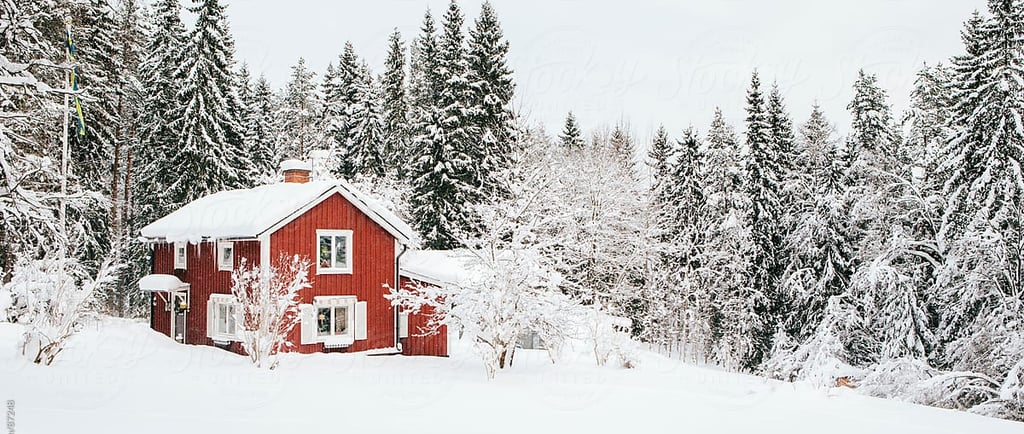🏠 The Colour of Cozy Cabins - The Falu Red 🏠❤️
A follow-up story from the chapter "Color" in the Art Album. 🌈 Stories About Colors takes children on a vivid journey through history to explore how colors have shaped and connected cultures around the world. 🌍🎨 From the cave art of early humans to the vibrant pigments traded along the Silk Roads for thousands of years 🌊, each color holds its own story of discovery, symbolism, and meaning. Children will uncover how natural elements like minerals, plants 🌿, and even animals 🐦 contributed to the palettes of early artists, linking art with the environment. This exploration invites children to see colors not only as materials on their art shelves 🎨 but as a bridge to the world around them and the history of human creativity. They’ll be inspired to ask, “Where did this color come from?” and “How was it discovered?” — sparking curiosity about the hidden stories within each hue they encounter.
ART STORIES
11/10/20242 min read


When you color a house in a drawing, what color do you choose? 🖍️🏠 Maybe blue, yellow, or even purple! Well, 500 years ago, people in Sweden chose a very special color for their houses: a warm, deep red that made them look cozy, just like something out of a storybook. ❤️ They called it Falu Red (👏 Fa-lu Red 👏), this color has a warm, deep red that makes it look just like the red bricks.
Well, people living in the forests of Sweden didn’t have heavy and sturdy bricks to build houses long ago, so they used what was around them—wood from the nearby forests 🌲🪵. But they wanted their wooden houses to look just as strong and beautiful as stone 🏛️. Then, they discovered something magical in the town of Falun 🏞️, where copper was mined. Inside the copper mines, they found a red mineral called hematite, which looked just like ground-up red rocks! They discovered that they could turn this mineral into a special red paint 🎨 that would protect their wooden houses from the weather ❄️🌧️ and make them look cozy and welcoming. 🏠✨
But how did they do it? 🤔 First, they would grind the hematite into a fine red powder. Then, they mixed this powder with other ingredients, like linseed oil and water, creating a thick, sticky paint that could be brushed onto wood. When the paint dried, it formed a tough layer that helped protect the wood from rain, wind, and snow. This layer not only kept the wood strong but also gave it that rich, deep red color that everyone loved.
Little red cabins and big red barns popped up across the Swedish countryside, making it look like a fairytale land filled with red houses under the blue sky 🌞 and green trees 🌲. And here’s something special: even today, people use the same hematite-rich mineral from the Falun mines to make Falu Red paint, giving homes and barns that timeless, cozy feel. Houses in Sweden and other Scandinavian countries are still painted in Falu Red, keeping this beautiful tradition alive.
💭 Imagine if you could build a little cabin in the woods. What color would you paint the outside? 🏡 Would you pick a warm red like Falu Red, a cool verdigris, or maybe a sunny ochre yellow? Next time you see a red house, look closely to check if it’s Falu Red or just ordinary red paint. Falu Red soaks into the wood, staying vibrant while protecting it, whereas ordinary paint eventually peels off over time.
With Montessori joy,
Vanina 😊

